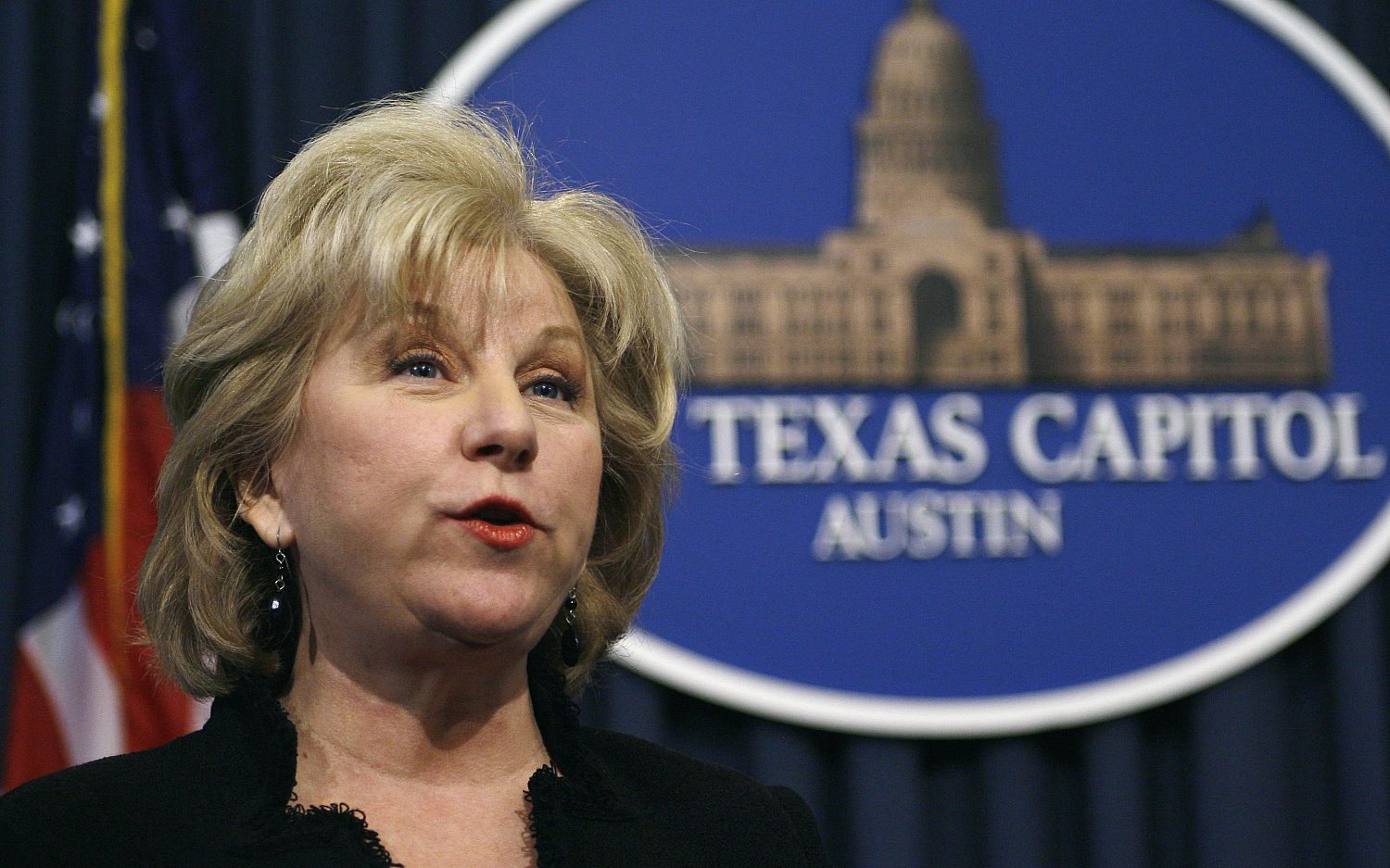U.S. Census Bureau redefines “urban”
More than 1,100 American cities, towns, and villages lost their status as urban areas Thursday when the U.S. Census Bureau changed the classification criteria. A community now needs at least 5,000 residents to be considered urban — double the number required during the 2020 Census. The previous threshold had stood for over a century. The bureau also added to its definition, now classifying any area with at least 2,000 housing units as urban. About 4.2 million people now live in rural areas that used to be recognized as urban.
How will this impact communities? Rural and urban communities are eligible for different types of federal funding for housing, health care, transportation, education, and agriculture projects. Though the federal government does not have a standard definition for urban or rural, the Census Bureau’s definition is regularly used as a threshold for grant availability.
Dig deeper: Read Lauren Dunn’s report in Schooled about how the number of Hispanic teachers in the U.S. lags behind the number of Hispanic students in schools.
An actual newsletter worth subscribing to instead of just a collection of links. —Adam
Sign up to receive The Sift email newsletter each weekday morning for the latest headlines from WORLD’s breaking news team.





Please wait while we load the latest comments...
Comments
Please register, subscribe, or log in to comment on this article.